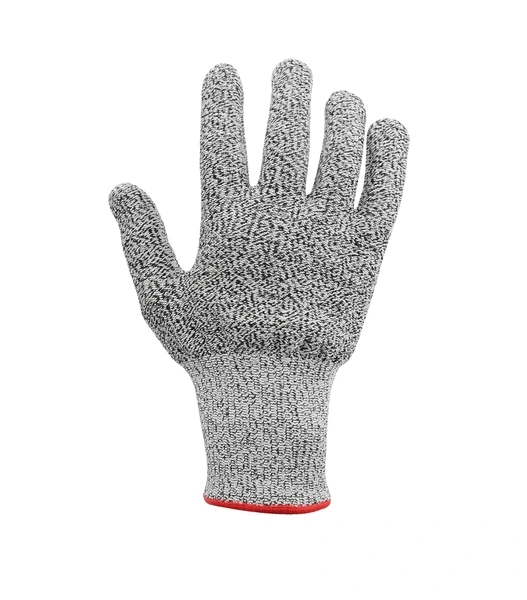In various industries, from manufacturing to food processing, personal safety is paramount. Among the essential protective gear, anti-cutting gloves play a crucial role in safeguarding hands from injuries caused by sharp objects. Understanding the standards and levels of anti-cutting gloves is vital for choosing the right protection for specific tasks.
This article delves into the intricacies of these standards and levels, offering a comprehensive guide for professionals and enthusiasts alike.
Anti-cutting gloves are designed to protect hands from lacerations and punctures, which are common in environments involving handling of sharp tools, glass, and metal sheets. These gloves not only prevent injuries but also enhance productivity by allowing workers to handle sharp objects with confidence.
Several standards regulate the quality and effectiveness of anti-cutting gloves. The most prominent among these are the EN 388 (European standard) and ANSI/ISEA 105 (American standard).
 1. EN 388: European Standard for Protective Gloves
1. EN 388: European Standard for Protective Gloves
The EN 388 standard specifies requirements for gloves that offer protection against mechanical risks, including cuts, abrasions, tears, and punctures. It was updated in 2016 to include a more comprehensive cut resistance test, the ISO 13997 method. The key testing parameters under EN 388 are:
-Abrasion Resistance: Measured in cycles required to abrade through the glove material. Rated from 1 to 4.
-Cut Resistance (Coup Test): Uses a circular blade to cut through the glove under a specified load. Rated from 1 to 5.
-Tear Resistance: Force required to tear the glove material. Rated from 1 to 4.
-Puncture Resistance: Force required to puncture the glove with a standard needle. Rated from 1 to 4.
-ISO 13997 Cut Resistance: Measures the force needed to cut through the glove with a straight blade. Rated from A to F.
2. ANSI/ISEA 105: American National Standard
The ANSI/ISEA 105 standard is widely recognized in North America and provides a detailed classification system for glove performance. The 2016 update introduced significant changes to the cut resistance testing methods, aligning more closely with the ISO 13997 method. Key components include:
-Cut Resistance: Uses the ASTM F2992-15 test method with ratings from A1 (low protection) to A9 (high protection).
-Abrasion Resistance: Measured by the number of cycles a glove can withstand using the ASTM D3389-10 or ISO 4649:2010 method. Rated from 0 to 6.
-Puncture Resistance: Assessed using the ASTM F1342-05 method, with ratings from 0 to 5.
-Tear Resistance: Based on the ASTM D2582-10 test, with ratings from 0 to 4.
The levels of anti-cutting gloves indicate their effectiveness in protecting against cuts and other mechanical hazards. These levels help users choose the appropriate gloves for specific tasks, ensuring optimal safety and performance.
1. Cut Resistance Levels
Cut resistance levels are the most critical aspect of cut resistance gloves. The levels provide a measure of the glove's ability to resist cuts from sharp objects.
2. Abrasion Resistance Levels
Abrasion resistance levels indicate how well a glove can withstand repeated friction without wearing through. Higher levels indicate better durability and longevity, making these gloves suitable for tasks involving repetitive motion and contact with rough surfaces.
3. Tear and Puncture Resistance Levels
Tear and puncture resistance levels are essential for tasks involving sharp or pointed objects. High tear resistance prevents gloves from ripping under tension, and high puncture resistance protects against sharp objects piercing the glove material.
Anti-cutting gloves are a critical component of personal protective equipment in many industries. Understanding the standards and levels of these gloves ensures that workers are adequately protected against cuts, abrasions, and punctures. By selecting the appropriate gloves and maintaining them properly, you can significantly enhance workplace safety and productivity. As technology advances, we can expect even more innovative solutions that offer superior protection and comfort for workers across various sectors.
Copyright © Hebei Sinotools Industrial Co.,Ltd. All Rights Reserved | Powered by  Sitemap
Sitemap